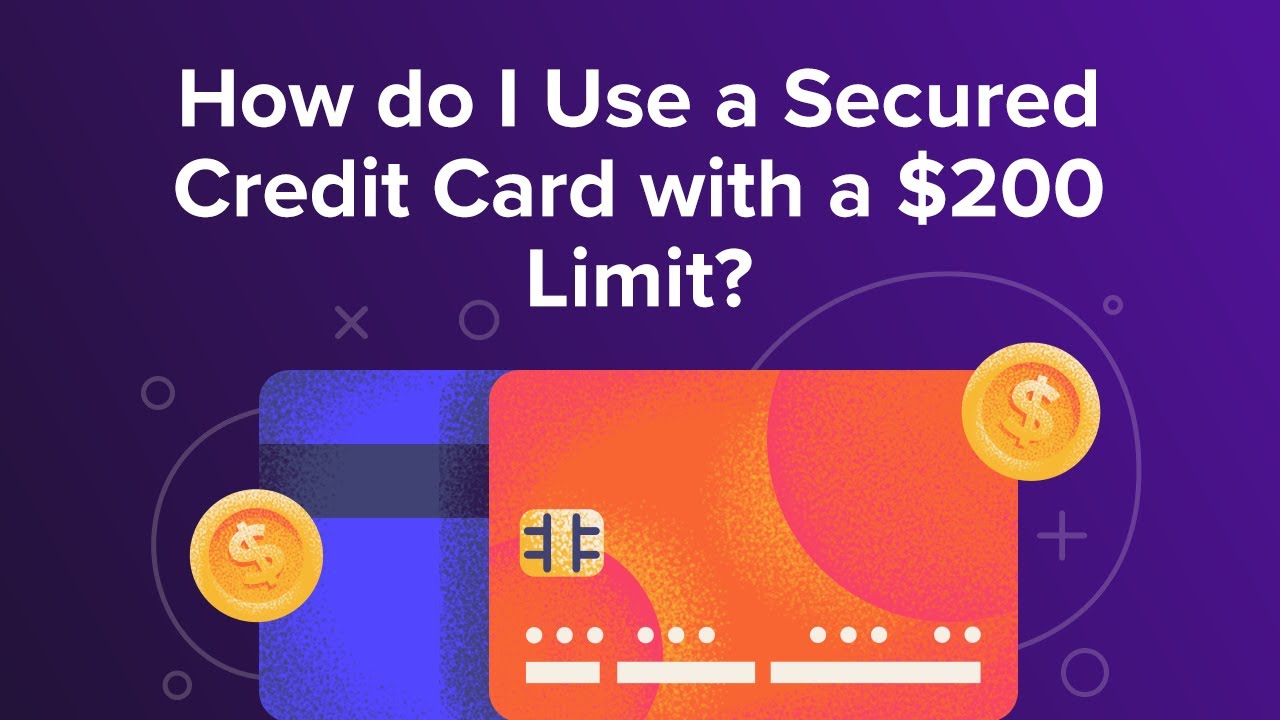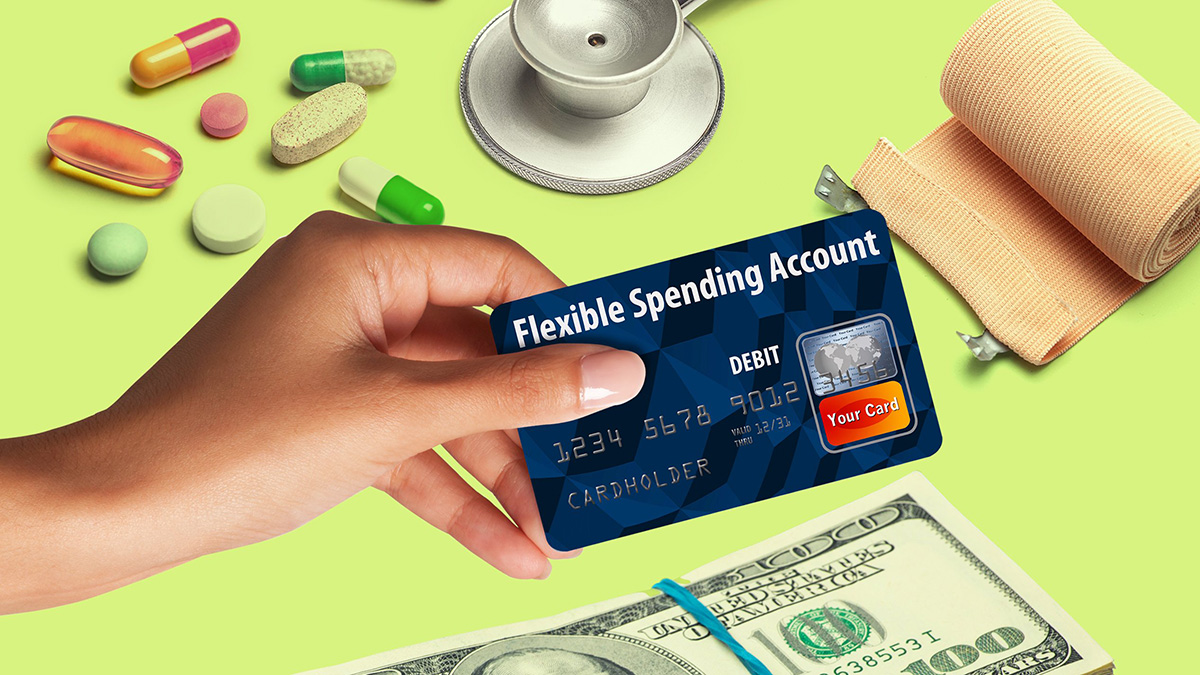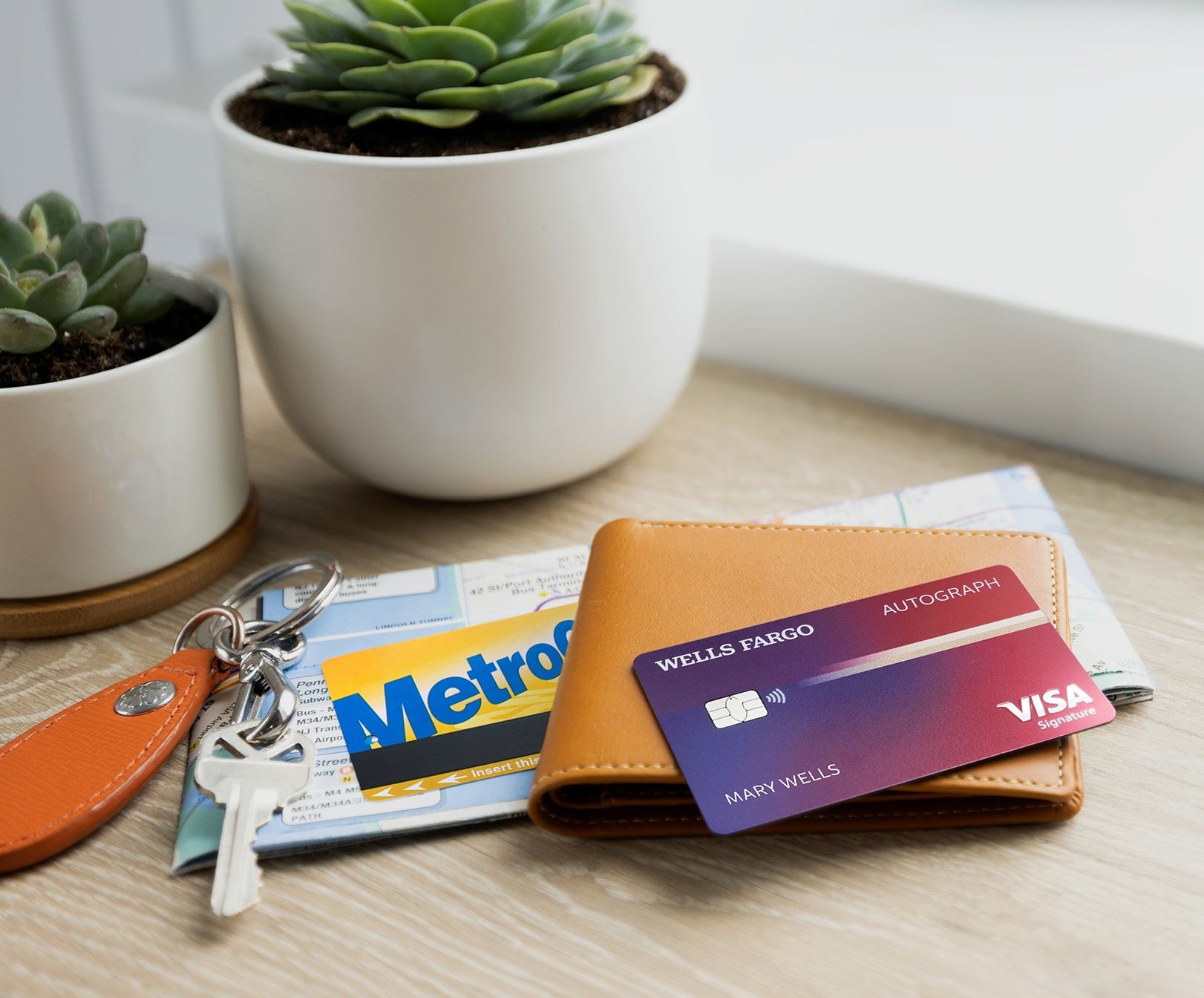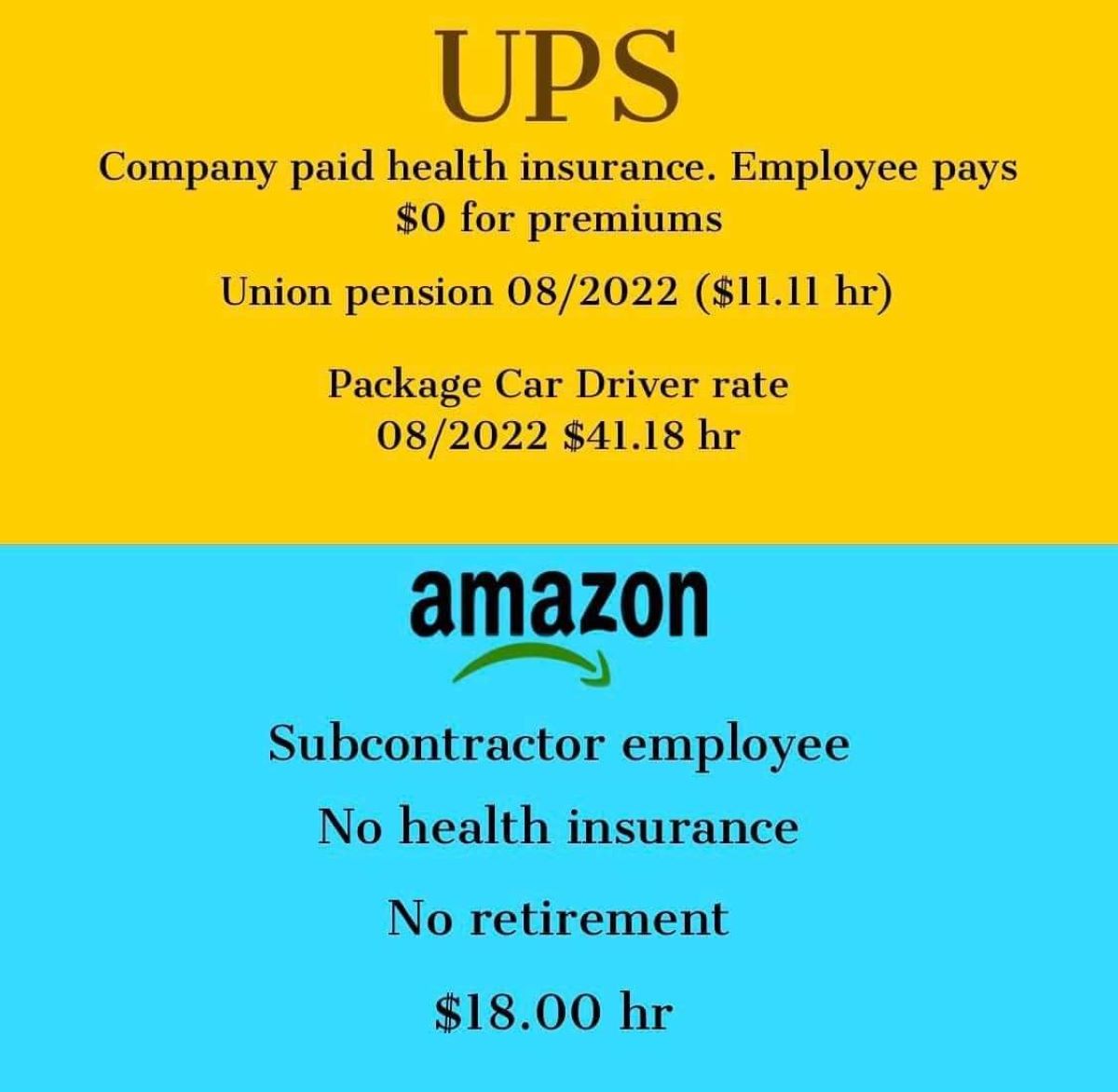

Finance
How To Limit Credit Card Spending
Published: October 24, 2023
Learn effective strategies and tips to limit your credit card spending and take control of your finances.
(Many of the links in this article redirect to a specific reviewed product. Your purchase of these products through affiliate links helps to generate commission for LiveWell, at no extra cost. Learn more)
Table of Contents
- Introduction
- Understand Your Credit Card Habits
- Set a Reasonable Credit Limit
- Track Your Spending Regularly
- Use Cash for Non-Essential Expenses
- Create a Monthly Budget
- Practice Self-Control
- Avoid Impulse Buying
- Remove Saved Credit Card Information
- Utilize Mobile Apps for Budgeting
- Seek Support from Family or Friends
- Conclusion
Introduction
Managing credit card spending can be a challenging task, especially in a world filled with enticing offers and easy access to credit. While credit cards provide convenience and flexibility, they can also lead to overspending and financial stress if not used responsibly. However, with careful planning and discipline, it is possible to effectively limit credit card spending and maintain healthy financial habits.
In this article, we will explore practical strategies to help you control your credit card spending and build a solid financial foundation. By understanding your spending habits, setting reasonable credit limits, tracking your expenses, and practicing self-control, you can take control of your finances and avoid falling into a cycle of debt.
Before we delve into the strategies, it is important to note that limiting credit card spending does not mean you have to completely avoid using your credit card. Instead, it means using it wisely and consciously, ensuring that your expenses remain within your means. By doing so, you can enjoy the benefits of credit cards while avoiding unnecessary debt and financial pitfalls.
Now, let’s dive into the practical tips and techniques to help you limit credit card spending and achieve financial peace of mind.
Understand Your Credit Card Habits
Before you can effectively limit your credit card spending, it is crucial to have a clear understanding of your current habits and patterns. Take the time to review your past credit card statements and analyze your spending patterns. This will help you identify areas where you tend to overspend or make impulsive purchases.
Look for any recurring expenses that you can eliminate or reduce. Are there any monthly subscriptions or memberships that you no longer use or need? By cutting back on unnecessary expenses, you can free up more money to pay off your credit card balance and avoid accumulating additional debt.
Additionally, understanding your credit card habits involves recognizing your triggers for overspending. Are there particular situations or emotions that lead to impulsive purchases? Identifying these triggers will allow you to be more mindful and make conscious decisions when it comes to using your credit card.
By gaining insight into your spending habits and triggers, you can develop strategies to address them and make more informed financial decisions. This self-awareness is the foundation for effectively limiting your credit card spending.
Set a Reasonable Credit Limit
One of the first steps in limiting credit card spending is to establish a reasonable credit limit for yourself. A credit limit is the maximum amount you can charge on your credit card before reaching your borrowing limit. It is important to set a limit that aligns with your income and financial capabilities.
When choosing a credit limit, consider your monthly income, expenses, and financial goals. It is crucial to avoid setting a credit limit that surpasses your ability to repay the balance in full each month. This will help you avoid unnecessary interest charges and prevent the accumulation of debt.
If your current credit card’s limit is high and encourages overspending, consider contacting your credit card issuer to request a lower limit. By reducing your credit limit, you will have a built-in mechanism to prevent excessive spending and ensure that you stay within your means.
On the other hand, if you find that your current credit limit is too restrictive and hinders your ability to make essential purchases, you can explore the option of increasing your credit limit. However, exercise caution and only request an increase if you are confident that you can manage the additional available credit responsibly.
Setting a reasonable credit limit is a key component of responsible credit card use. It allows you to make necessary purchases while keeping your spending in check and avoiding the temptation to go beyond your means.
Track Your Spending Regularly
An essential practice for limiting credit card spending is to track your expenses regularly. By monitoring your spending habits, you can gain a clear picture of where your money is going and identify areas where you can cut back.
Start by reviewing your credit card statements each month. Take note of your recurring expenses, such as rent or mortgage payments, utility bills, and insurance premiums. Then, categorize your discretionary expenses, such as dining out, entertainment, and shopping.
You can use various methods to track your spending, depending on your preference and convenience. Some people prefer pen and paper or a spreadsheet, while others find it helpful to use budgeting apps or online tools. Whichever method you choose, the important thing is to be consistent and diligent in recording your expenses.
As you track your spending, regularly assess your budget and identify areas where you can cut back or make adjustments. Look for patterns of overspending or unnecessary expenses and brainstorm ways to reduce or eliminate them. This may involve making small changes, such as cutting back on eating out or finding cheaper alternatives for your regular expenses.
Tracking your spending not only helps you control your credit card usage but also provides you with a clear overview of your financial health. It allows you to make informed decisions about your expenses, save money, and stay on track towards your financial goals.
Use Cash for Non-Essential Expenses
When it comes to limiting credit card spending, one effective strategy is to use cash for non-essential expenses. While credit cards offer convenience and rewards, they can also make it easier to overspend without realizing it.
Using cash for discretionary expenses helps create a tangible connection between your spending and the actual money leaving your wallet. When you physically hand over cash, it can make you more conscious of the amount being spent and encourage you to think twice before making unnecessary purchases.
Start by identifying non-essential expenses in your budget, such as entertainment, eating out, or shopping for non-essential items. Determine a reasonable amount of cash to allocate for these expenses each month and withdraw it from your bank account.
By using cash, you create a spending limit for yourself. Once the cash is gone, you are unable to make additional purchases until the next budgeting cycle. This practice helps curb impulsive buying and encourages more mindful spending.
In addition to preventing overspending, using cash also eliminates the risk of accumulating credit card debt and incurring interest charges. It allows you to have greater control over your finances and progress towards your financial goals.
However, it’s important to note that using cash may not be practical or convenient for all expenses, especially for online purchases or monthly bills. In these cases, using a debit card linked to your bank account can still provide a similar level of control and accountability.
By incorporating the use of cash for non-essential expenses, you can better manage your credit card spending, keep your budget on track, and prioritize your financial goals.
Create a Monthly Budget
A fundamental step in limiting credit card spending is to create a monthly budget. Having a budget allows you to allocate your income to different categories of expenses, ensuring that you have enough funds for essential needs while also setting aside money for savings and debt repayment.
Start by reviewing your income and fixed expenses, such as rent or mortgage payments, utilities, and loan repayments. Then, calculate an amount for necessary variable expenses like groceries, transportation, and healthcare. Be realistic and consider past spending patterns to estimate these amounts.
Once you have determined your essential expenses, allocate a portion of your income towards savings goals, such as an emergency fund or retirement savings. Setting aside a specific percentage or fixed amount each month helps develop discipline and ensures that you prioritize saving for the future.
After accounting for essential expenses and savings, you can allocate a specific amount for discretionary spending, such as dining out, entertainment, or personal purchases. This allows for some flexibility while also setting limits to prevent excessive spending.
Regularly track your expenses and compare them against your budget. This helps you identify areas where you may be overspending and adjust accordingly. Be mindful of any upcoming larger expenses, such as vacations or home repairs, and plan for them in advance within your budget.
Creating a monthly budget provides a clear roadmap for managing your finances and limiting credit card spending. It helps you make conscious decisions about your expenses, prioritize your financial goals, and avoid unnecessary debt.
Remember, a budget is not meant to be restrictive but rather a tool to empower you to make informed financial decisions and take control of your financial well-being.
Practice Self-Control
Practicing self-control is a crucial aspect of limiting credit card spending. It involves being mindful of your purchasing decisions and resisting the temptation to make impulse purchases or go beyond your budgetary limits.
One effective strategy is to practice the “30-day rule”. Before making a non-essential purchase, give yourself 30 days to consider whether it is truly necessary or if it’s simply a fleeting desire. This allows time for your initial impulse to subside and helps you make more rational and intentional purchasing decisions.
Another technique is to create a list before going shopping. Whether it’s for groceries or clothing, having a specific list of what you need helps you stay focused and avoid buying unnecessary items. Stick to the list and resist the urge to deviate from it unless it’s a genuine emergency or essential purchase.
Additionally, it’s important to understand the difference between wants and needs. Before making a purchase, ask yourself if it’s something you truly need or if it’s a want that can be postponed or eliminated. This practice of distinguishing between wants and needs helps you prioritize your spending and avoid unnecessary expenses.
Being mindful of your emotions is also important in practicing self-control. Avoid using shopping as a way to cope with stress, boredom, or other emotional triggers. Instead, find healthier alternatives such as exercise, meditation, or engaging in hobbies that provide fulfillment without the need for excessive spending.
Lastly, be aware of marketing tactics and the influence they can have on your purchasing decisions. Companies often use persuasive techniques to create a sense of urgency or exclusivity around their products. Maintain a critical mindset and make purchasing decisions based on your needs, budget, and long-term financial goals.
By practicing self-control, you can resist impulse buying, make more conscious purchasing decisions, and stay within your credit card spending limits. It’s a skill that takes time and effort to develop, but it can have a significant positive impact on your financial well-being.
Avoid Impulse Buying
Impulse buying is a common pitfall that can lead to excessive credit card spending and financial strain. Avoiding impulse buying is crucial in maintaining control over your credit card usage and keeping your spending in check. Here are some strategies to help you curb impulse buying:
1. Create a waiting period: Before making a purchase, give yourself some time to think about it. Delaying the purchase by 24 to 48 hours can help you evaluate whether it’s a necessary or impulsive decision. Often, you may find that the urge to buy fades away during this waiting period.
2. Make a shopping list: When you go shopping, whether online or in-store, always make a list of the specific items you need. Stick to the list and resist the temptation to deviate from it. This helps you stay focused and avoid impulsive purchases.
3. Set spending limits: Establish a predetermined spending limit for discretionary purchases. This allows you to enjoy occasional splurges without going overboard. Setting boundaries helps you maintain control over your spending and prevents impulse buying.
4. Avoid shopping when emotional: Emotional states like stress, boredom, or sadness can increase the likelihood of impulsive buying. Instead of turning to shopping as a way to cope with emotions, find healthier alternatives such as exercise, spending time with loved ones, or engaging in hobbies.
5. Unsubscribe from marketing emails: Constant exposure to tempting sales and discounts can fuel impulse buying. Take control of your inbox by unsubscribing from marketing emails that lure you into making impulsive purchases. This reduces the temptation and helps you stay focused on your needs.
6. Shop with a friend or family member: Having a trusted companion by your side can provide an external perspective and help you make more reasoned buying decisions. A friend or family member can offer valuable input and prevent you from giving in to impulsive urges.
7. Reflect on your financial goals: Before making a purchase, remind yourself of your long-term financial goals. Assess whether the item aligns with your priorities and if it brings true value to your life. This exercise helps you prioritize and avoid unnecessary impulse purchases.
Avoiding impulse buying requires self-awareness, discipline, and conscious decision-making. By implementing these strategies, you can resist the allure of impulse purchases, maintain control over your credit card spending, and make more thoughtful financial choices.
Remove Saved Credit Card Information
In today’s digital age, it has become effortless to make online purchases with just a few clicks. However, this convenience can also contribute to impulse buying and uncontrolled credit card spending. One effective way to limit these impulsive purchases is by removing saved credit card information from online platforms and shopping websites.
Many websites offer the option to save your credit card details for quicker and easier checkout. While this may seem convenient, it also eliminates the necessary step of manually entering your card information, making it easier to make impulsive purchases without fully considering the financial implications.
To break the habit of impulsive online shopping, take the time to remove your saved credit card information from online platforms, shopping websites, and even mobile apps. This simple action creates an additional barrier between you and impulsive purchases, as it requires you to consciously retrieve your credit card and enter the details each time you make a purchase.
By reintroducing this extra step, you give yourself time to consider the necessity and affordability of the purchase. You are more likely to weigh the pros and cons before proceeding with the transaction, reducing the likelihood of impulse buying.
In addition, removing saved credit card information also enhances the security of your financial data. It reduces the risk of unauthorized purchases in the event that your device or account is compromised. It is always advisable to prioritize the safety and protection of your personal and financial information.
While removing saved credit card information may seem inconvenient at first, it is a powerful strategy to control impulsive spending and maintain better control over your credit card usage. The extra effort required to manually input your card details serves as a reminder to evaluate each purchase carefully, ensuring that it aligns with your financial goals and budgetary limits.
Remember, taking small steps to remove potential triggers and obstacles to impulsive spending can have a significant positive impact on your financial well-being. By removing saved credit card information, you gain more control over your spending habits and make conscious decisions that align with your overall financial goals.
Utilize Mobile Apps for Budgeting
In the era of smartphones and mobile technology, there are numerous mobile apps available that can help you effectively track and manage your budget. These apps provide a convenient and accessible way to monitor your expenses, set financial goals, and stay on top of your credit card spending.
When selecting a budgeting app, look for features that align with your needs and preferences. Many apps allow you to link your credit card accounts, making it easier to track your expenses in real-time. They also offer features such as categorizing transactions, creating budgets, and generating reports to give you a clear overview of your financial situation.
By utilizing a budgeting app, you can set spending limits for different categories, such as groceries, entertainment, or transportation. These apps often send notifications when you are nearing your budget limit, helping you stay aware of your spending habits and potentially curbing impulsive purchases.
Furthermore, budgeting apps often provide helpful insights and visualizations of your spending patterns, allowing you to identify areas where you can make adjustments and save money. They can also track your progress towards your financial goals, such as paying off credit card debt or saving for a specific purchase.
Many budgeting apps offer additional features, such as bill reminders, debt payoff calculators, and even educational resources to improve your financial literacy. These tools can empower you to make smart financial decisions and better manage your credit card spending.
Moreover, budgeting apps provide the convenience of access from anywhere, anytime. Whether you are at home, at work, or on the go, you can effortlessly check your budget, input transactions, and evaluate your financial situation.
By utilizing a mobile budgeting app, you can gain better control over your credit card spending and overall financial management. It helps you stay organized, track your expenses, and make informed decisions based on your financial goals and limitations.
Remember to choose a budgeting app that aligns with your needs and preferences, and regularly update and review your budget to ensure accuracy and effectiveness. With the right tools at your fingertips, you can proactively manage your credit card spending and achieve your financial objectives.
Seek Support from Family or Friends
When it comes to limiting credit card spending and improving your financial habits, seeking support from family or friends can be immensely helpful. Having a support system can provide encouragement, accountability, and valuable insights as you work towards your financial goals.
Start by discussing your desire to limit credit card spending with your loved ones. Share your intentions and goals, and ask for their support in holding you accountable. Having an open and transparent conversation about your financial aspirations can foster a sense of unity and motivation within your circle.
Consider setting up regular check-ins or meetings to discuss your progress and challenges. This could be a weekly or monthly gathering where you share updates and exchange ideas on how to overcome obstacles or make positive changes to your spending habits.
Having someone to share your journey with can make the process feel less overwhelming and more attainable. Your family or friends can offer practical advice, share personal experiences, and even provide emotional support during challenging times.
Additionally, involving your loved ones in your financial goals can help create a collective sense of responsibility. They can actively support your efforts by reminding you of your objectives, encouraging frugal choices, or even engaging in shared activities that don’t involve excessive spending.
If your friends or family members have their own financial goals, you can form a support group where you work together towards your respective objectives. This allows you to share resources, participate in joint activities that align with your budgets, and celebrate milestones together.
During times when you may be tempted to overspend, having someone to reach out to can provide a valuable perspective. They can remind you of your commitments and help you evaluate the long-term consequences of impulsive buying decisions.
Remember, the journey to limit credit card spending and improve your financial well-being is not a solo endeavor. Seeking support from family or friends adds an extra layer of motivation and accountability, making it more likely for you to stay on track and achieve your financial goals.
Surround yourself with individuals who understand your objectives, support your growth, and are committed to promoting healthy financial habits. Together, you can create a stronger foundation for long-term financial success.
Conclusion
Limiting credit card spending is a crucial step towards maintaining healthy financial habits and achieving financial stability. By understanding your credit card habits, setting reasonable credit limits, tracking your expenses, and practicing self-control, you can take control of your finances and avoid falling into the trap of excessive debt.
Creating a monthly budget allows you to allocate your income effectively, prioritizing essential expenses while setting aside money for savings and debt repayment. By utilizing mobile apps for budgeting, you can track your expenses, set spending limits, and gain valuable insights into your financial habits.
Avoiding impulse buying requires self-awareness, making mindful purchasing decisions, and distinguishing between wants and needs. Removing saved credit card information from online platforms helps create a barrier between you and impulsive purchases, encouraging more conscious spending.
Seeking support from family or friends provides additional encouragement, accountability, and shared experiences as you progress on your journey towards limiting credit card spending. Discussing your financial goals with loved ones, engaging in regular check-ins, and forming support groups can make the process feel less daunting and more attainable.
Remember, limiting credit card spending is not about completely avoiding the use of credit cards, but rather using them responsibly and consciously. It’s about being mindful of your financial goals, understanding your spending patterns, and making informed decisions that align with your long-term financial well-being.
By implementing these strategies and embracing a proactive approach to managing your credit card usage, you can develop healthier financial habits, reduce stress, and work towards a more secure financial future. Start today and empower yourself to take control of your credit card spending.














